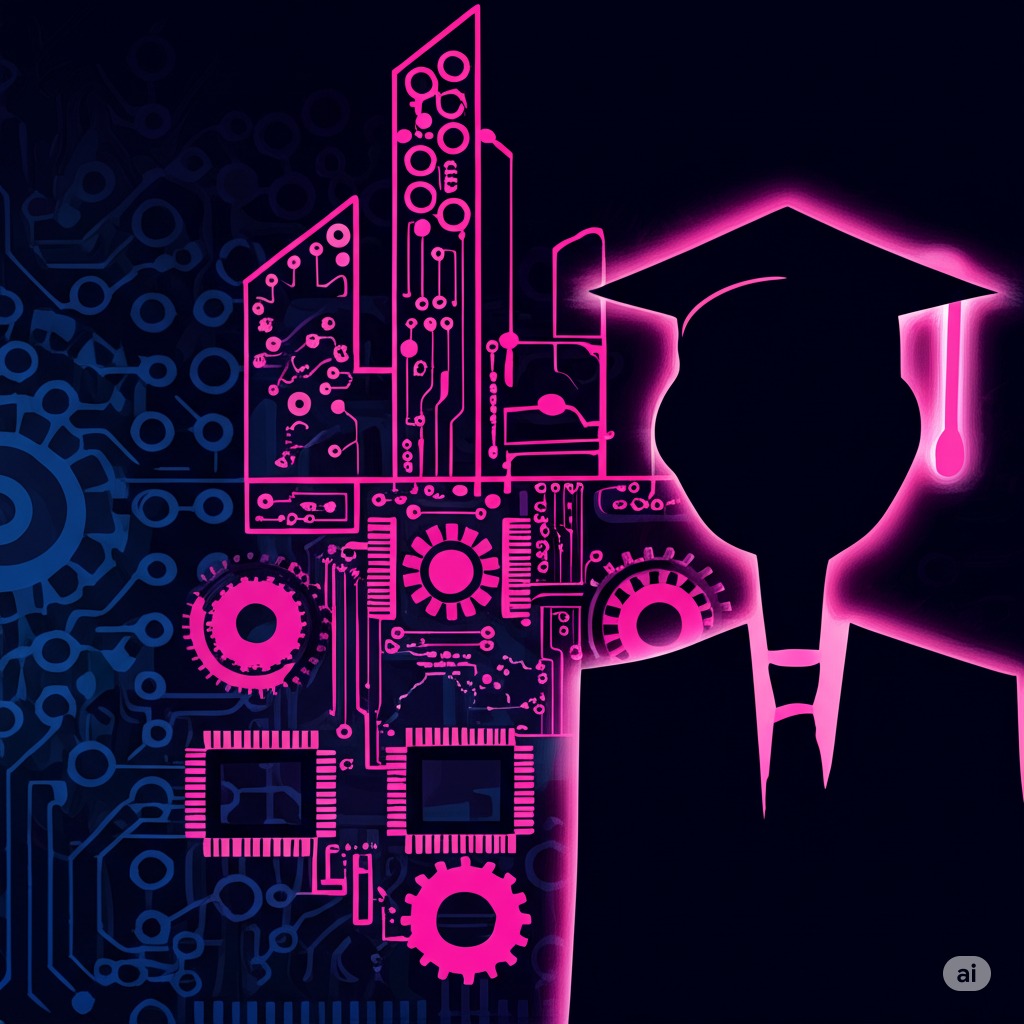The integration of artificial intelligence into our daily lives is no longer a futuristic concept but a present-day reality, fundamentally reshaping industries and institutions. From the bustling floors of global corporations to the hallowed halls of academia, AI is proving to be a transformative, yet complex, force. For business and tech leaders, understanding the dual nature of this technological revolution—its remarkable advantages and its inherent challenges—is paramount. There are both pros and cons on AI in the workplace and in education: this article delves into the multifaceted impact of AI in the workplace and education, exploring the significant opportunities it presents alongside the critical concerns that demand our attention.

AI in the Workplace: A New Era of Productivity and Peril
The modern workplace is in the throes of an AI-driven evolution, promising unprecedented levels of efficiency and innovation. One of the most significant pros of artificial intelligence in a professional setting is its ability to automate repetitive and mundane tasks. This allows human employees to redirect their focus towards more strategic, creative, and complex problem-solving endeavors. For instance, in the realm of human resources, AI-powered tools can screen thousands of resumes in minutes, a task that would take a team of recruiters days to complete. Companies like Oracle are leveraging their AI-powered human resource solutions to streamline candidate sourcing and improve hiring decisions, freeing up HR professionals to concentrate on building relationships and fostering a positive work environment.
Beyond automation, AI is a powerful engine for enhanced decision-making. By analyzing vast datasets, machine learning algorithms can identify patterns and trends that are imperceptible to the human eye, providing data-driven insights that inform strategic business choices. In the financial sector, AI algorithms are instrumental in fraud detection, analyzing transaction patterns in real-time to flag anomalies and prevent fraudulent activities before they cause significant damage. Similarly, in manufacturing, companies like Siemens are utilizing AI-powered “Industrial Copilots” to monitor machinery, predict maintenance needs, and prevent costly downtime, thereby optimizing production lines and ensuring operational continuity.
However, the widespread adoption of AI in the workplace is not without its cons. The most pressing concern for many is the specter of job displacement. As AI systems become more sophisticated, there is a legitimate fear that roles currently performed by humans, particularly those involving routine and predictable tasks, will become obsolete. While some argue that AI will create new jobs, there is a transitional period that could see significant disruption and require a massive effort in upskilling and reskilling the workforce.
Furthermore, the ethical implications of AI cannot be overstated. The potential for bias in AI algorithms is a significant challenge. If an AI system is trained on biased data, it will perpetuate and even amplify those biases in its decision-making processes. Additionally, the increasing use of AI raises serious privacy concerns — some people have go on to create distasteful clothes remover AI tools. The vast amounts of data that AI systems collect and process, from employee performance metrics to customer behavior, create a treasure trove of sensitive information that must be protected from misuse and security breaches.
AI in Education: Personalizing Learning While Preserving the Human Touch
The educational landscape is also being profoundly reshaped by artificial intelligence, with the promise of creating more personalized, engaging, and accessible learning experiences. One of the most celebrated benefits of AI in education is its capacity to facilitate personalized learning at scale. AI-powered adaptive learning platforms can tailor educational content to the individual needs and learning pace of each student. For example, platforms like Carnegie Learning’s “Mika” software use AI to provide personalized tutoring in mathematics, offering real-time feedback and adapting the curriculum to address a student’s specific areas of difficulty. This individualized approach has the potential to revolutionize how we teach and learn, moving away from a one-size-fits-all model to a more student-centric methodology.
AI is also a valuable tool for automating the administrative burdens that often consume a significant portion of educators’ time. Grading multiple-choice tests, managing schedules, and tracking attendance are all tasks that can be efficiently handled by AI systems. This frees up teachers to focus on what they do best: inspiring, mentoring, and interacting directly with their students. Language-learning apps like Duolingo are a prime example of AI in action, using machine learning to personalize lessons and provide instant feedback, making language education more accessible and engaging for millions of users worldwide.
Despite these advancements, the integration of AI in education raises a number of critical concerns and cons. A primary worry is the potential for a diminished human connection in the learning process. While AI can provide personalized content, it cannot replicate the empathy, encouragement, and nuanced understanding that a human teacher provides. Over-reliance on technology could lead to a sense of isolation for students and hinder the development of crucial social and emotional skills.
Data privacy is another significant hurdle. Educational AI platforms collect vast amounts of student data, from academic performance to learning behaviors. Ensuring the security and ethical use of this sensitive information is paramount. There is a tangible risk of this data being misused or falling victim to cyberattacks, which could have serious consequences for students and educational institutions.
In conclusion, artificial intelligence has both pros and cons, both the workplace and the field of education. The potential for increased productivity, data-driven insights, and personalized experiences is immense. However, we must proceed with a clear-eyed understanding of the challenges. Addressing concerns around job displacement, data privacy, and the importance of human interaction will be crucial in harnessing the full potential of AI for the betterment of our professional and educational futures. The path forward lies not in a blind embrace of technology, but in a thoughtful and ethical integration that prioritizes both progress and humanity.